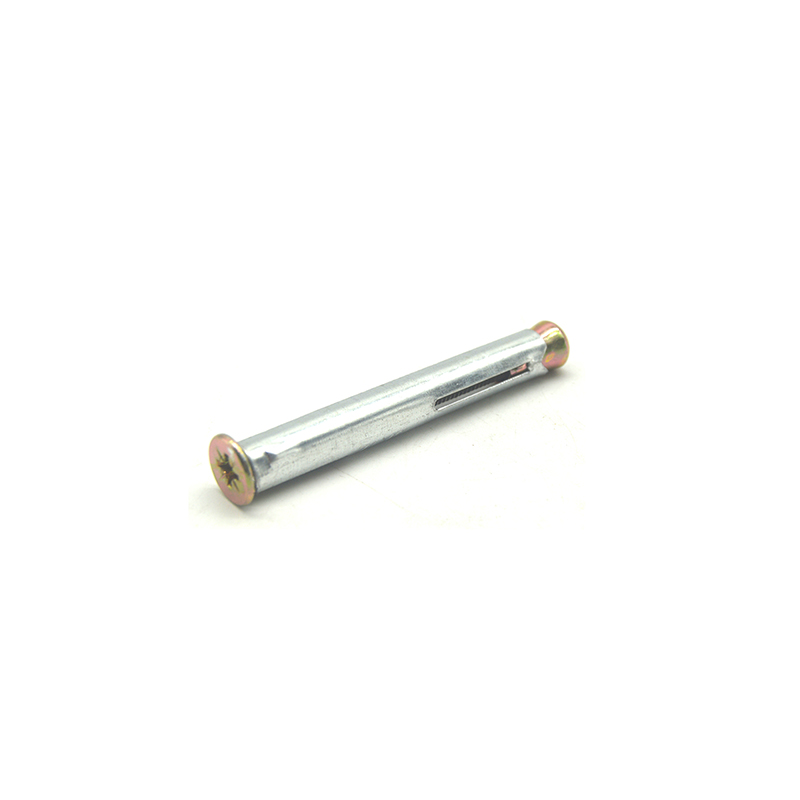- English
- Chinese
- French
- German
- Portuguese
- Spanish
- Russian
- Japanese
- Korean
- Arabic
- Irish
- Greek
- Turkish
- Italian
- Danish
- Romanian
- Indonesian
- Czech
- Afrikaans
- Swedish
- Polish
- Basque
- Catalan
- Esperanto
- Hindi
- Lao
- Albanian
- Amharic
- Armenian
- Azerbaijani
- Belarusian
- Bengali
- Bosnian
- Bulgarian
- Cebuano
- Corsican
- Croatian
- Dutch
- Estonian
- Filipino
- Finnish
- Frisian
- Galician
- Georgian
- Gujarati
- Haitian
- Hausa
- Hawaiian
- Hebrew
- Hmong
- Hungarian
- Icelandic
- Igbo
- Javanese
- Kannada
- Kazakh
- Khmer
- Kurdish
- Kyrgyz
- Latin
- Latvian
- Lithuanian
- Luxembou..
- Macedonian
- Malagasy
- Malay
- Malayalam
- Maltese
- Maori
- Marathi
- Mongolian
- Burmese
- Nepali
- Norwegian
- Pashto
- Persian
- Punjabi
- Serbian
- Sesotho
- Sinhala
- Slovak
- Slovenian
- Somali
- Samoan
- Scots Gaelic
- Shona
- Sindhi
- Sundanese
- Swahili
- Tajik
- Tamil
- Telugu
- Thai
- Ukrainian
- Urdu
- Uzbek
- Vietnamese
- Welsh
- Xhosa
- Yiddish
- Yoruba
- Zulu
- Kinyarwanda
- Tatar
- Oriya
- Turkmen
- Uyghur

kudzibowolera ndi zomangira tokha
Kumvetsetsa Self Drilling ndi Self Tapping Screws
Zikafika pamayankho osala kudya, kudzibowolera ndi zomangira tokha Nthawi zambiri amasinthidwa ngati mawu osinthika, koma sali chimodzimodzi. Kudziwa kusiyana kwake ndikugwiritsa ntchito kwake kungakupulumutseni nthawi yambiri, khama, komanso zida zina mumapulojekiti anu.
Kodi Self Drilling Screws ndi chiyani?
Zomangira zodzibowolera zokha, zomwe nthawi zambiri zimatchedwa Tek screws, zimakhala ndi nsonga ngati kubowola yomwe imawalola kudulira chitsulo osafunikira dzenje lobowola kale. Makhalidwewa amawapangitsa kukhala othandiza kwambiri popanga zitsulo, makamaka akamagwira ntchito ndi zitsulo. Ndawonapo nthawi zambiri patsamba lantchito pomwe zomangira izi zapulumutsa ogwira ntchito kuti asamakoke zida zobowola movutikira, ndikuwongolera ntchito yonseyo.
Chitsanzo chenichenicho chingakhale pamene mukugwira ntchito zofolera. Mnzanga wina, yemwe amagwira ntchito pamalo otsikirapo, adanena kuti gulu lofolera lidapumula makamaka kugwiritsa ntchito zomangira zodzibowolera zokha. Makasitomala anali atasintha zomwe zidachitika mphindi yomaliza kuchoka pamitengo kupita kuzitsulo. Ndi switch, zomangira izi zikutanthauza kuti sanafunikire kuwunikanso momwe amagwirira ntchito kwathunthu. Komabe, kusankha utali woyenerera n’kofunika kwambiri; motalika kwambiri, ndipo mutha kusokoneza kapangidwe kake kapena kudutsa m'malo osafunikira.
Ku Handan Shengtong Fastener Manufacturing Co., Ltd., mupeza zomangira zosiyanasiyanazi zomwe zidapangidwa mwatsatanetsatane pazosowa zamakampani. Mbiri yawo mumakampani imawala chifukwa amalinganiza bwino komanso mtengo wake, zomwe ndizofunikira kwa oyang'anira ntchito ambiri.
Kuyang'ana Zosefukira Za Self Tapping
Kumbali inayi, zomangira zodzipangira zokha zimakhala zopanga ulusi muzinthu monga matabwa, zitsulo zofewa, kapena pulasitiki. Iwo samachotsa zinthu; m'malo mwake amachichotsa. Ndikofunika kukumbukira kuti nthawi zina bowo loyendetsa ndilofunika, makamaka pazinthu zolimba, kuti tipewe kugawanitsa zinthuzo.
Ndikukumbukira pulojekiti inayake pomwe tidagwiritsa ntchito zomangira mozama kwambiri. Tinali kusonkhanitsa makabati, ndipo nkhunizo zinali zosavuta kusweka. Kubowolatu kabowo kakang'ono kamene kali ndi kabowo kakang'ono ka RPM kunagwira ntchito modabwitsa popewa kuwonongeka kulikonse.
Ngati wina akudumphira m'mipando ya DIY, kumvetsetsa izi kumatha kukhala kosintha. Makampani ngati Handan Shengtong Fastener Manufacturing Co., Ltd. amavomereza zofunikira izi, kupereka zinthu zomwe zimathandizira kusiyanitsa kosawoneka bwino pakulumikizana kwazinthu. Webusaiti yawo, shengtongfastener.com, ikuwonetsa zomangira zingapo zopangidwira ntchito zosiyanasiyana.
Kusankha Screw Yoyenera Pa Ntchito Yanu
Tsopano, funso loyenera limabuka: ndi mtundu wanji wa zomangira zomwe munthu ayenera kusankha? Zonse zimatengera zida zomwe zilipo komanso mtundu wa polojekiti yanu. Ngati mukugwira ntchito ndi zitsulo zachitsulo, kudzibowolera nokha ndiko njira yanu. Komabe, pazinthu zofewa kapena kumene ulusi wolondola umafunika, kudzigunda kumapambana.
Nkhani yosangalatsa, ngakhale yokhumudwitsa pang'ono, imabwera m'maganizo. Nthawi ina tidayenera kukonzanso gawo lonse la zitsulo zopangira zitsulo chifukwa membala wina wosadziwa zambiri adasankha zomangira zodzibowolera yekha, pokhulupirira kuti azigwira bwino zitsulozo. Sizinali choncho, ndipo kukambirana za kumvetsetsa zida zawo kunali kosapeweka.
Pamapeto pa tsiku, kupeza chidziwitso chothandiza komanso kukhala ndi mwayi wopeza wothandizira wodalirika, monga Handan Shengtong Fastener Manufacturing Co., Ltd., kumatanthauza zolakwika zochepa komanso kuchita bwino kwambiri.
Kukhazikitsa Njira Zabwino Kwambiri
Mukakhala pamunda, chinthu chomaliza chomwe mukufuna ndi mutu wovulidwa kapena zomangira zomwe zawonongeka. Ndikofunikira kugwiritsa ntchito kukula koyenera kwa dalaivala ndikusunga kupanikizika kosasintha pakukhazikitsa. Kuchokera pa zomwe wakumana nazo, kuthamangira ntchito nthawi zambiri kumabweretsa ntchito yowongolera kuposa kuyikonza koyamba.
Mfundo yofunika apa ndikulola kuti screw igwire ntchito. Ndi zomangira zodzibowolera zokha, palibe chifukwa chogwiritsa ntchito mphamvu zambiri. Ndipo ndi mitundu yodzigunda nokha, makamaka m'malo ocheperako, kupanikizika pang'ono kumapangitsa kuti wononga kupanga njira yake.
Opanga ngati Handan Shengtong Fastener ali ndi malangizo ndi malingaliro ambiri patsamba lawo, shengtongfastener.com, yomwe ingakhale yofunikira pakukhathamiritsa njira zoyika.
Kutsiliza: Kusamala ndi Kulondola
Kugwira ntchito ndi kudzibowolera ndi zomangira tokha bwino kumatanthauza kumvetsetsa ubwino ndi malire awo. Zolakwa zimatha kukhala mwayi wophunzira, koma kusankha zomangira zapamwamba kwambiri kuchokera kwa othandizira okhazikika monga Handan Shengtong Fastener Manufacturing Co., Ltd.
Ndizosangalatsa momwe chinthu chopanda ulemu ngati zomangira zingatengere gawo lofunikira kwambiri. Tengani nthawi kuti mumvetsetse kapangidwe kawo ndi cholinga chawo, ndipo mapulojekiti anu mosakayikira adzawonetsa luso lawo laukadaulo.
Zogwirizana mankhwala
Zogwirizana nazo
Kugulitsa kwambiri mankhwala
Zogulitsa kwambiri-
 Kukula kwa pulasitiki ya chitoliro
Kukula kwa pulasitiki ya chitoliro -
 Hexagonal matabwa screw
Hexagonal matabwa screw -
 Truss mutu kudzibowolera
Truss mutu kudzibowolera -
 Kudzigunda pamutu kwa bugle
Kudzigunda pamutu kwa bugle -
 Zovala zowonjezera zoyera zokhala ndi mabowo
Zovala zowonjezera zoyera zokhala ndi mabowo -
 Maboti okulitsa mtundu okhala ndi mabowo
Maboti okulitsa mtundu okhala ndi mabowo -
 Mtedza Wodzitsekera Nayiloni
Mtedza Wodzitsekera Nayiloni -
 Chitsulo Chokulitsa Chikhalidwe cha American Coring
Chitsulo Chokulitsa Chikhalidwe cha American Coring -
 Drywall screw
Drywall screw -
 White bugle mutu kudzigunda
White bugle mutu kudzigunda -
 Window Frame Expansion Nangula
Window Frame Expansion Nangula -
 Cholumikizira Nut
Cholumikizira Nut








